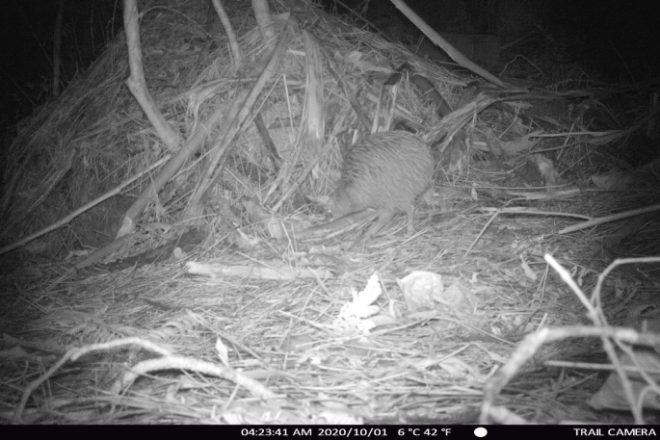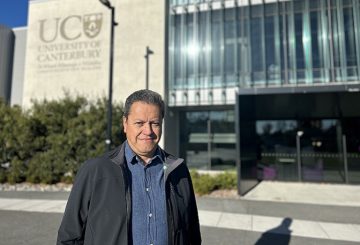Ang populasyon ng kayumanggi na ibon kiwi sa Silangang Coromandel ay umunlad, salamat sa patuloy na pagsisikap sa kontrol ng mandaragit ng Department of Conservation (DOC) at lokal na komunidad. Ang mga survey sa lugar sa pagitan ng Tairua at Hot Water Beach ay nagpapakita ng isang 10% na pagtaas sa populasyon ng kiwi mula 2015 hanggang 2020. Inaasahang magpapatuloy ang paglago na ito sa kamakailang paggamit ng biodegradable 1080 bait pellets sa Whenuakite, na nag-aalok ng karagdagang proteksyon laban sa mga stoat.
Kinikilala ni Janice Hinds, tagapagsalita ng Whenuakite Kiwi Care Group, ang tagumpay sa isang pinagsamang diskarte sa kontrol ng mandaragit. Nag-aambag ang mga lokal na may-ari ng lupa sa kontrol ng mandaragit sa lupa sa 3,500 ektarya. Bilang karagdagan, ang DOC at Waikato Regional Council ay naglalapat ng 1080 bait tuwing tatlo hanggang apat na taon upang makontrol ang mga possum, daga, at mustelid.
Ang kayumanggi na kiwi, isang mahina na species, ay isang pangunahing focus ng programa ng kontrol sa hangin na predador. Nang walang patuloy na kontrol ng mandaragit, hanggang sa 95% ng mga manok ng kiwi ay maaaring patayin ng mga mandaragit. Sa kasalukuyang sistema, halos 60% ng mga manok ay umabot sa pagiging edad. Ipinapakita ng kamakailang pagsubaybay na ang operasyon ng aeryal 1080 sa Whenuakite ay binawasan ang mga antas ng rodent sa hindi nakikita na halaga at kinokontrol ang populasyon ng stoat ng 90-100%.
Ang suporta ng komunidad ay naging mahalaga sa tagumpay na ito, na may parami nang parami ang mga may-ari ng lupa na nais na makisali pagkatapos makita ang kiwi sa kanilang mga bakuran. Ang Whenuakite Kiwi Care Group ay nakatuon sa pangmatagalang proteksyon ng kiwi at ang nakapalibot na ecosystem ng kagubatan. Ipinahayag nila ang kanilang pasasalamat sa Save the Kiwi at Waikato Regional Council para sa kanilang suporta sa pananalapi.





























































